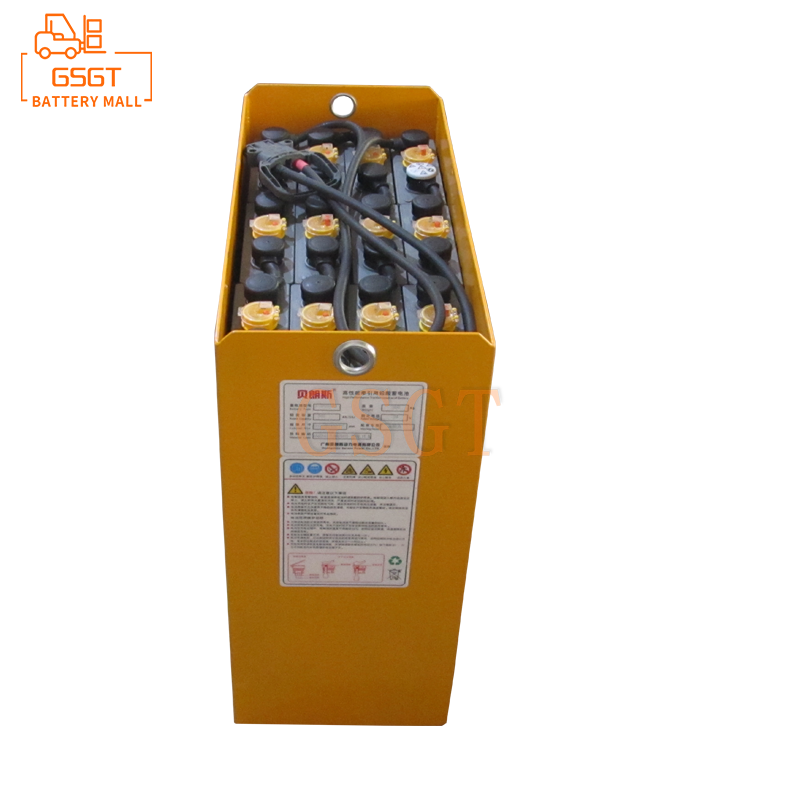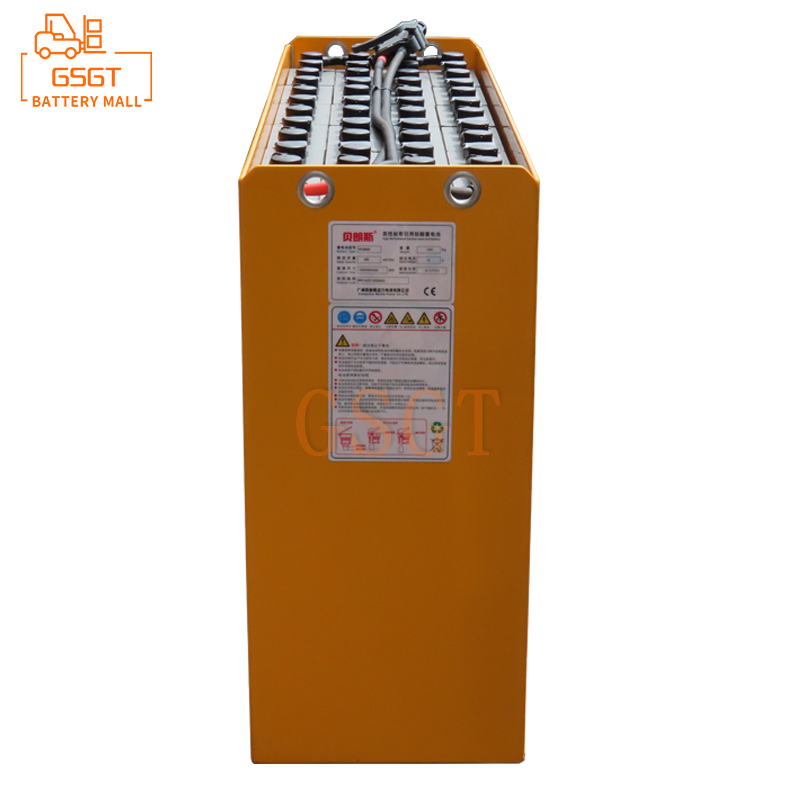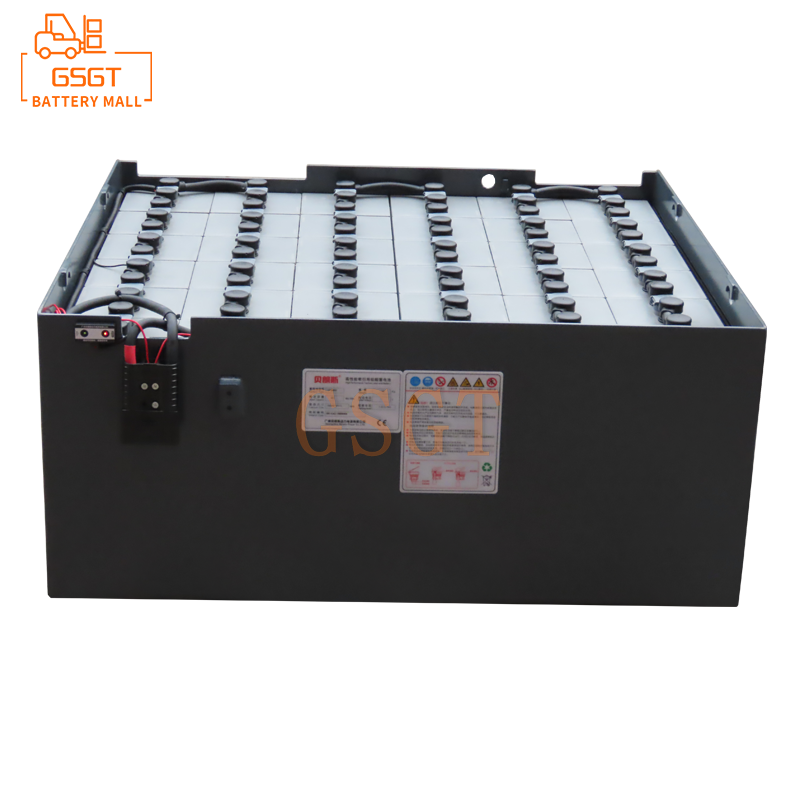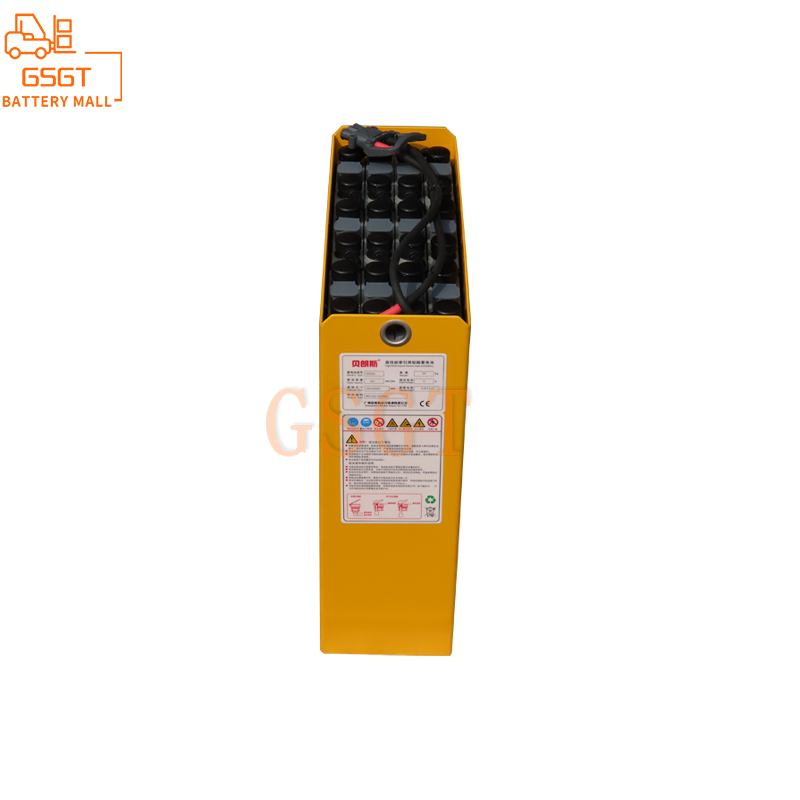Time:2025-03-20 10:44:21
Browse:646
## Harm of lead acid battery overcharge and overdischarge
In the modern energy system, lead-acid batteries occupy an important position in the field of automotive start-up, backup power system and some electric vehicles because of their cost effectiveness and wide applicability. However, the phenomenon of overcharge and overdischarge is like the "sword of Damocles" hanging on the head of the lead-acid battery, which always threatens its performance and life.
When the lead-acid battery is overcharged, a series of adverse reactions will occur inside the battery. At late charge, lead sulfate on the positive plate is over-oxidized to lead dioxide and at the same time a large quantity of oxygen evolution occurs (2H₂ O-4e ⁻ = O₂↑ + 4H plus) and the negative produces a hydrogen evolution reaction (2H₂ + 2e⁻ = H₂↑). The generation of these gases will not only lead to an increase in the internal pressure of the battery, which may cause the battery shell to bulge or even break, but also the oxygen and hydrogen evolution reactions are exothermic reactions, and a large amount of heat accumulates inside the battery, accelerating the aging of the battery, which may cause thermal runaway in serious cases, resulting in fire and other safety accidents. For example, in some early electric bicycles, due to the lack of effective overcharge protection of the charging equipment, there are often battery bulges and fires, which is an intuitive reflection of the harm of overcharge.
The damage of excessive discharge to lead-acid batteries should not be underestimated. When the battery is discharged excessively, the active substance on the electrode plate will accumulate excessively and crystallization will become larger, and this irreversible sulfation phenomenon will significantly increase the internal resistance of the battery. With the increase of internal resistance, the energy loss of the battery in the charge and discharge process is intensified, it is difficult to fill the charge, and the capacity of the discharge is rapidly decreased, resulting in a substantial reduction of the actual available capacity of the battery, which greatly shortens the service life of the battery. For example, the car is parked for a long time and the battery is not disconnected, the battery continues to supply power to some low-power devices of the vehicle, which is prone to over-discharge, and when the vehicle is started again, it will be found that the battery cannot work properly, even if it is charged later, its performance is not as good as before.
## Limitations of traditional protection methods
### Simple current limiting voltage circuit
Traditionally, in order to prevent lead-acid batteries from overcharging and overdischarging, simple current and voltage limiting circuits are often used. This type of circuit by setting a fixed voltage threshold and current limit value, when the battery voltage reaches the preset charge upper limit or discharge lower limit, and the charging current exceeds the limit value, cut off the circuit connection. However, the optimum charge and discharge parameters of lead-acid batteries are not fixed in different use environments, temperature conditions and different aging stages. For example, in a low temperature environment, the battery's charging capacity decreases, and if it is still charged according to the fixed voltage threshold set at normal temperature, it is easy to cause the battery to be undercharged; In a high temperature environment, the battery is more sensitive to voltage, and a fixed charging upper limit voltage may cause overcharge. The simple current and voltage limiting circuit can not dynamically adjust parameters according to the real-time state of the battery, and the protection effect is greatly reduced.
### Mechanical control protector
In the early days, mechanical control protectors were also used to prevent overcharging and overdischarging, such as some mechanical current cut-off switches. This type of protector senses the current size through the mechanical structure, and when the current exceeds the set value, the mechanical contact is disconnected, thus cutting off the circuit. However, the mechanical parts have the problem of slow action response speed, and can not respond in time when the current changes sharply, and it is difficult to effectively deal with the instantaneous overcharge and overdischarge current impact. Moreover, the mechanical contact is prone to wear and poor contact after frequent action, which reduces the reliability of the protective device and increases the risk of overcharging and overdischarging of the lead-acid battery.
## The working principle and advantages of intelligent circuits
### Real-time monitoring and data analysis
The intelligent circuit is equipped with high-precision voltage, current and temperature sensors, which can collect the parameters of the lead-acid battery in real time. These sensors transmit the collected data to the microprocessor, which uses complex algorithms to analyze the data to determine the current state of the battery, including the battery's state of charge (SOC), state of health (SOH) and dynamic changes during charging and discharging. For example, through the comprehensive analysis of multi-dimensional data such as battery voltage change rate, current integration and temperature compensation, the intelligent circuit can accurately calculate the actual remaining power of the battery and the acceptable range of charge and discharge current, providing a basis for accurate control.
### Adaptive control strategy
Based on the results of real-time monitoring and data analysis, the intelligent circuit adopts the adaptive control strategy. In the charging process, when the battery is detected to be close to full state, the intelligent circuit will dynamically adjust the charging voltage and current according to the current temperature and internal resistance of the battery, and gradually transition from constant current charging to trickle charging, which can not only ensure that the battery is full, but also avoid overcharging. In the discharge process, once the battery voltage or current reaches a critical value close to overdischarge, the intelligent circuit will quickly reduce the load current, and even cut off the circuit to prevent excessive battery discharge. For example, during the driving of an electric vehicle, the intelligent circuit can dynamically adjust the output power of the motor according to the real-time state of the battery and the driving condition of the vehicle to avoid overdischarge of the battery due to instantaneous large current discharge.
### Fault diagnosis and warning function
Intelligent circuit also has a powerful fault diagnosis and early warning function. Through long-term monitoring and analysis of battery parameters, the intelligent circuit can identify potential trouble spots in the battery, such as plate vulcanization, electrolyte drying and other early signs of failure. Once an abnormal situation is detected, the intelligent circuit will send an early warning signal in time to remind the user to maintain or replace the battery. For example, when it is found that the internal resistance of the battery is abnormally increased, the intelligent circuit judges that it may be caused by plate vulidation, and it will inform the user by flashing the indicator light and pushing messages from the mobile phone APP, so as to take corresponding measures to avoid further deterioration of the fault and extend the battery life.
## Practical application cases of intelligent circuits
### Car starts battery intelligent protection system
In the automotive field, many high-end models have begun to use intelligent circuits to protect the car start battery. This intelligent protection system is integrated in the vehicle's power management module to monitor the charging and discharging status of the battery in real time. When the vehicle is parked for a long time and the battery power gradually decreases, the intelligent circuit will automatically detect that the battery voltage is close to the overdischarge threshold, at which time it will cut off the power supply of some non-critical vehicle electronic devices, such as the interior atmosphere lights, some sensors, etc., giving priority to protecting the power required to start the vehicle and preventing the battery from overdischarge. When the vehicle is charging, the intelligent circuit optimizes the charging strategy of the generator to the battery according to the operating state of the engine and the current temperature and charge state of the battery, avoids overcharging, effectively extends the service life of the car starting battery, and reduces the problem of the vehicle failing to start due to battery failure.
### Intelligent management of backup power supply of communication base station
The communication base station has a high requirement for the reliability of backup power supply. As a common backup power supply, the safe operation of lead-acid battery is very important. Some advanced communication base stations use intelligent circuits to manage lead-acid batteries. The intelligent circuit monitors the voltage, current and temperature of each battery in the battery pack in real time, and selects the batteries with abnormal performance through data analysis. Once a battery is found to have a tendency to overcharge or overdischarge, the intelligent circuit immediately regulates the branch where the battery is located separately, adjusts the charging current and voltage, and ensures the consistency and safety of the whole battery group. For example, in the summer high temperature environment, the intelligent circuit automatically reduces the charging voltage according to the rise of the battery temperature, prevents the battery from being damaged due to high temperature overcharge, and ensures that the backup power supply of the communication base station can supply power stably and reliably when the mains power is cut off, ensuring the normal operation of the communication network.
Overcharging and overdischarging of lead-acid batteries seriously affect their performance, life and safety, and traditional protection methods are difficult to meet the complex and changeable application requirements. With functions such as real-time monitoring, adaptive control and fault diagnosis and early warning, intelligent circuits provide comprehensive and accurate protection for lead-acid batteries, showing significant advantages and good application results in many fields such as automobiles and communication base stations. With the continuous development and improvement of technology, intelligent circuits will play a more important role in protecting the safety of lead-acid batteries, and promote the continuous and stable application of lead-acid batteries in various industries.

$1105

$3810

$4045

$1270

MESSAGE
Professional And Efficient
Security
Affordable Price
Professional Services